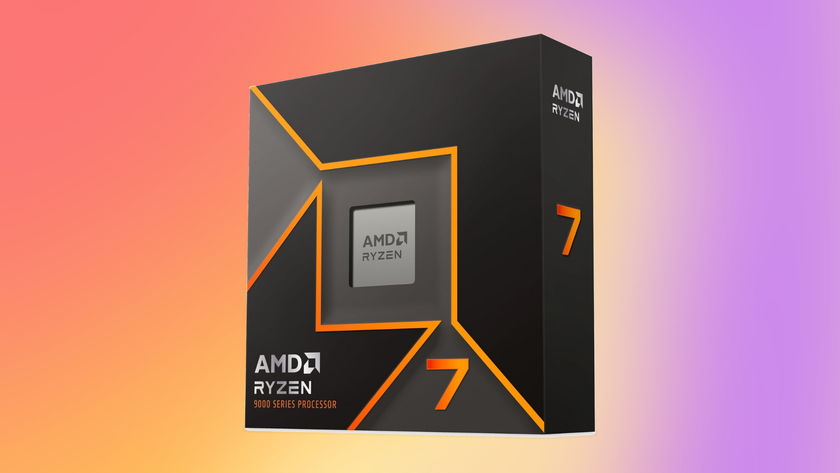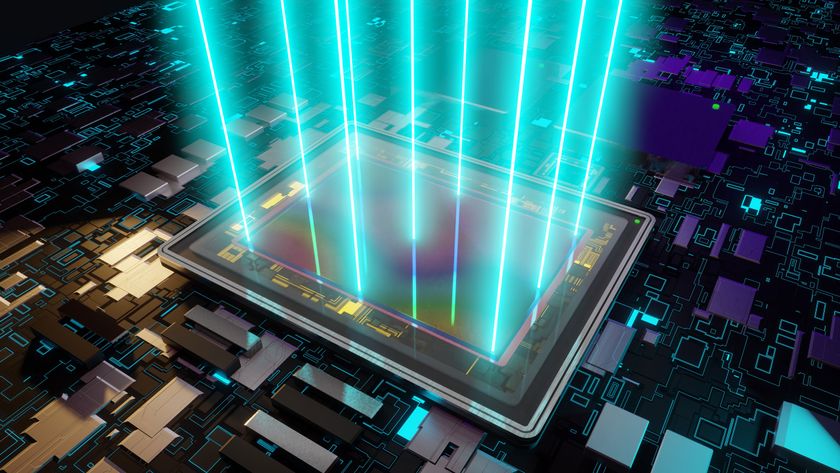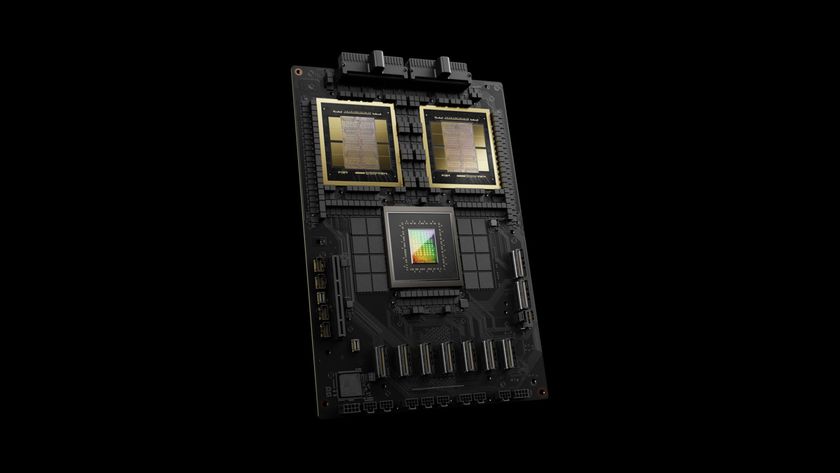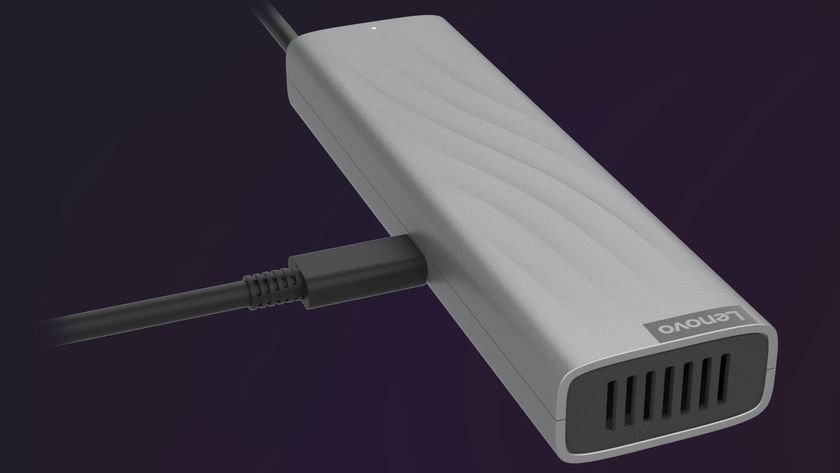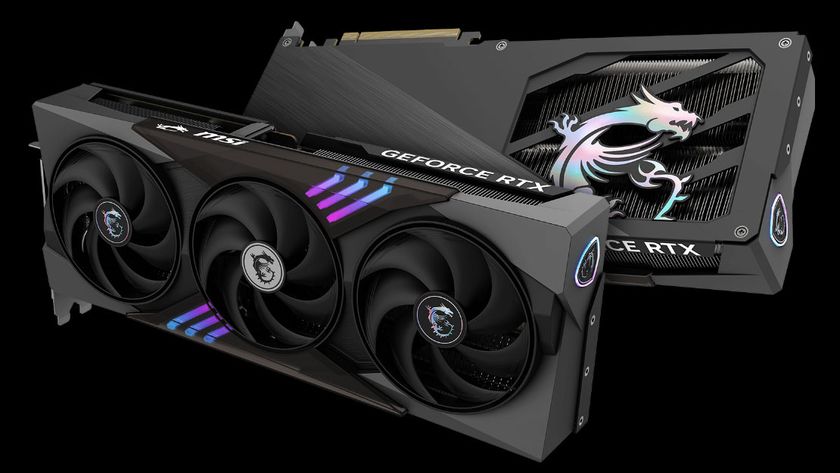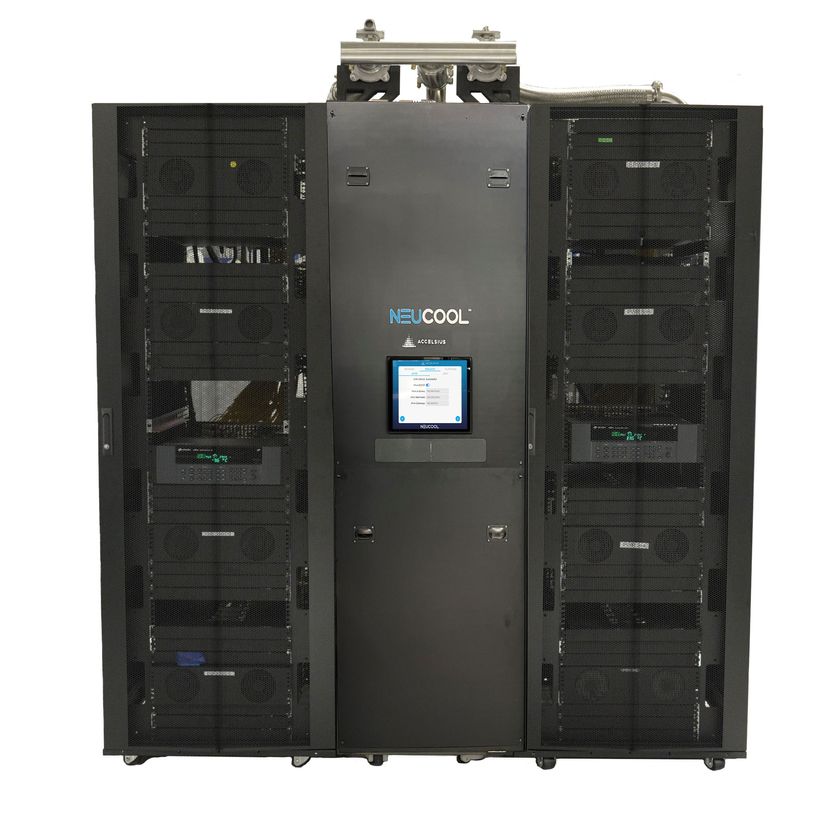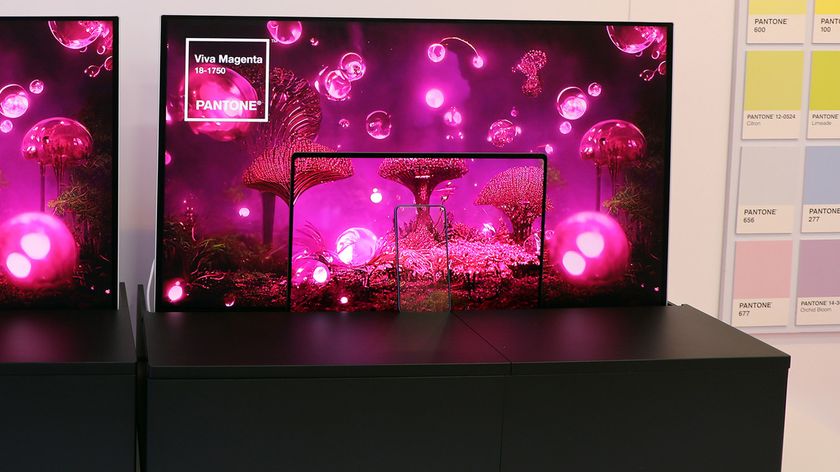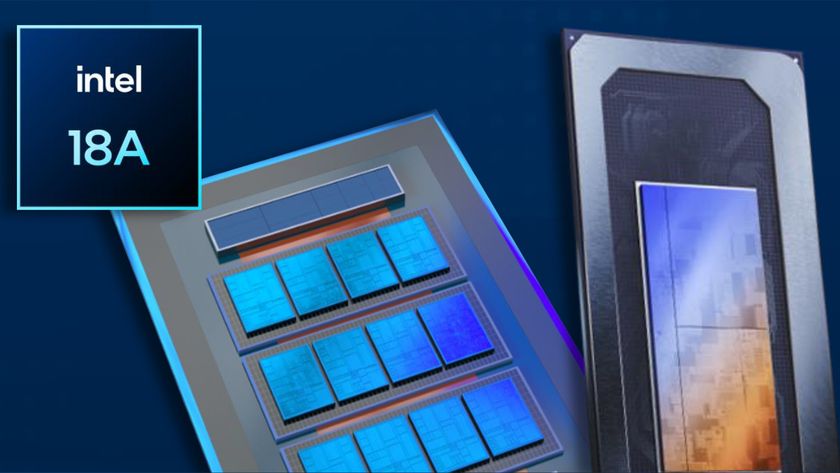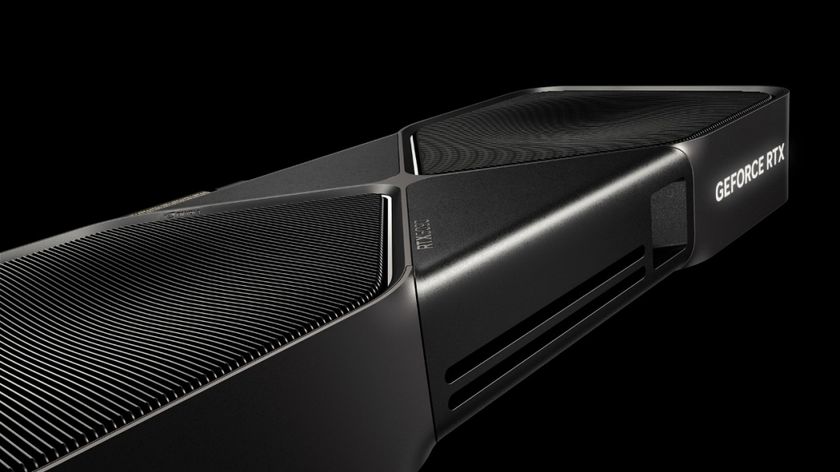Intel announced at CES 2019 that the chipmaker's 10nm Ice Lake processors will arrive sometime this year. So it's no wonder that the new chips have already started popping up, such as in SiSoftware's Sandra and Primate Labs' Geekbench databases.
Releasing new benchmarks in the wake of a competitors announcements, or in the coming days before big launches, is standard fare in the semiconductor industry: What better way to build hype or steal your competitors' thunder? As such, some might opine that these "leaked" benchmarks are an attempt to steer the conversation, and perhaps some dollars, to Intel's upcoming 10nm processors.
Ice Lake With Double The L2 Cache

Ice Lake processors are based around the Sunny Cove architecture. The chips are expected to be fabricated with Intel's second-generation 10nm (10nm+) manufacturing process. According to the chipmaker, Ice Lake should bring some very interesting features to the table, such as native Thunderbolt 3 support, Wi-Fi 6 (also known as 802.11ax) support, an updated Gen11 graphics solution and DL (deep learning) Boost.
According to one of the latest Geekbench leaks, Ice Lake reportedly features an increased L1 cache and twice the L2 cache per core. The quad-core Ice Lake chip from the Geekbench entry shows an L1 cache that has been bumped up to 48KB and the L2 cache doubled to 512KB. In recent years, Intel processors have been maintaining the 32KB per L1 cache and 128KB per L2 cache configurations from the Core 2 and Nehalem days, respectively. It would be good to see Intel finally give its processors a deserved cache upgrade.
The quad-core, eight-thread processor also exhibited a base clock in the range of 1.9GHz and a boost clock up to 2.29GHz. The chip is probably an engineering sample (ES), so there's still room for further tuning.
Ice Lake With Decent Gen11 Graphics

The upcoming Ice Lake processors will utilize the latest Gen11 integrated graphics engine. Gen11 will stick to the GT2 configuration and feature up to 64 execution units (EUs). It's slated to deliver over one TFLOP of performance and open the door to gaming without a discrete graphics card. It's a little too early to know for sure, but we expect Gen11 to perform in the ballpark of AMD's Radeon Vega 8 Graphics processor, which pumps out around 1.12 TFLOPs of performance.
| Row 0 - Cell 0 | CPU 1 | CPU 2 | CPU 3 | CPU 4 | CPU 5 | CPU 6 | CPU 7 |
| Shaders | 544 | 512 | 448 | 384 | 288 | 256 | 192 |
| Execution Units | 68 | 64 | 56 | 48 | 36 | 32 | 24 |
| L2 Cache | 1.3MB | 1MB | 1MB | 768KB | 1MB | 768KB | 768KB |
| Frequency | 600 MHz | 600 MHz | 1,000 MHz | 1,000 MHz | 700 MHz | 600 MHz | 900 MHz |
Up to this moment, seven configurations of the Gen11 have been spotted at SiSoftware's Official Live Ranker. The Ice Lake-U (ICL-U) processors are characterized by their ultra-low power consumption. The different Gen11 entries also carry the LP acronym, which typically stands for low-powered. The Gen11 variants include configurations from 24 up to 64 EUs. Strangely, there's a model with 68 EUs. The amount of L2 cache ranges from 768KB to 1.3MB, and the speeds range from 600MHz to 1,000MHz.
Stay On the Cutting Edge: Get the Tom's Hardware Newsletter
Get Tom's Hardware's best news and in-depth reviews, straight to your inbox.

Zhiye Liu is a news editor and memory reviewer at Tom’s Hardware. Although he loves everything that’s hardware, he has a soft spot for CPUs, GPUs, and RAM.
-
irish_adam Even for an ES those frequencies are very low, I honestly don't think we will see a high end desktop chip anytime soon. They will use these for laptops and low power devices. I would wager 2020 before desktop processors come outReply -
jimmysmitty Reply21680720 said:Even for an ES those frequencies are very low, I honestly don't think we will see a high end desktop chip anytime soon. They will use these for laptops and low power devices. I would wager 2020 before desktop processors come out
We already know that the first Ice Lake CPUs will be laptop parts but this isn't much to go on nor should it be taken as final considering Intel is planning for these in 2H 2019.
That said, TFLOPs is never a good measure of gaming performance. AMD/ATI typically had a TFLOPs advantage but not always a gaming performance advantage. All I hope for is a decent CPU to compete with Ryzen. -
MikeJeffries So what's the next gen intel cpu that will be past the 9900k in gaming performance, if ice lake won't be it?Reply -
jimmysmitty Reply21681516 said:So what's the next gen intel cpu that will be past the 9900k in gaming performance, if ice lake won't be it?
Ice Lake will be however its going to start on mobile then eventually move to desktop. -
JamesSneed Reply21681628 said:21681516 said:So what's the next gen intel cpu that will be past the 9900k in gaming performance, if ice lake won't be it?
Ice Lake will be however its going to start on mobile then eventually move to desktop.
The desktop part is slated for 2020 or very end of 2019 at best. -
BulkZerker " All I hope for is a decent CPU to compete with Ryzen."Reply
Eh, I'm hoping that AMD can reach clock for clock parity on a per core basis on benchmarks that don't favor AMD. And earn the safe lead on everything else myself. Intel already lost the per watt battle. -
jimmysmitty Reply21682135 said:" All I hope for is a decent CPU to compete with Ryzen."
Eh, I'm hoping that AMD can reach clock for clock parity on a per core basis on benchmarks that don't favor AMD. And earn the safe lead on everything else myself. Intel already lost the per watt battle.
Per watt yes. It can always change though as we have yet to see how Intels 10nm performs power wise or their new Sunny Cove arch performs per watt.
I would prefer an even match trading blows. Its the only real way to have innovations continue. Other wise one will get complacent and we will just stagnate for a while again. -
JamesSneed Reply21682135 said:" All I hope for is a decent CPU to compete with Ryzen."
Eh, I'm hoping that AMD can reach clock for clock parity on a per core basis on benchmarks that don't favor AMD. And earn the safe lead on everything else myself. Intel already lost the per watt battle.
Same albeit Im hoping AMD can beat Intel just a bit :) I really want AMD to take market share from Intel in 2019 just so we can have a little more even competition going forward which should drive pricing and innovation. Intel is going to get into graphics in 2020 which should make next year really interesting. -
Tanyac What would be really nice is more PCIe lanes on the CPU and on the Chipset.Reply
Support for 10 SATA + 3 M.2 PCiex4 devices ALL from the Chipset + USB etc.
Mobo makers are hamstring at the moment by Intel's poor evolution of PCIe capacity.
Though, with Intel's pricing strategy, I probably couldn't afford the new CPus anyway.
Haven't seen anything about PCIe4. Perhaps they are going to wait a few more years -
levijonesm The screen shot shows a base frequency of 1.38 Ghz, not 1.9 Ghz. Is that a typo or am I missing something?Reply
